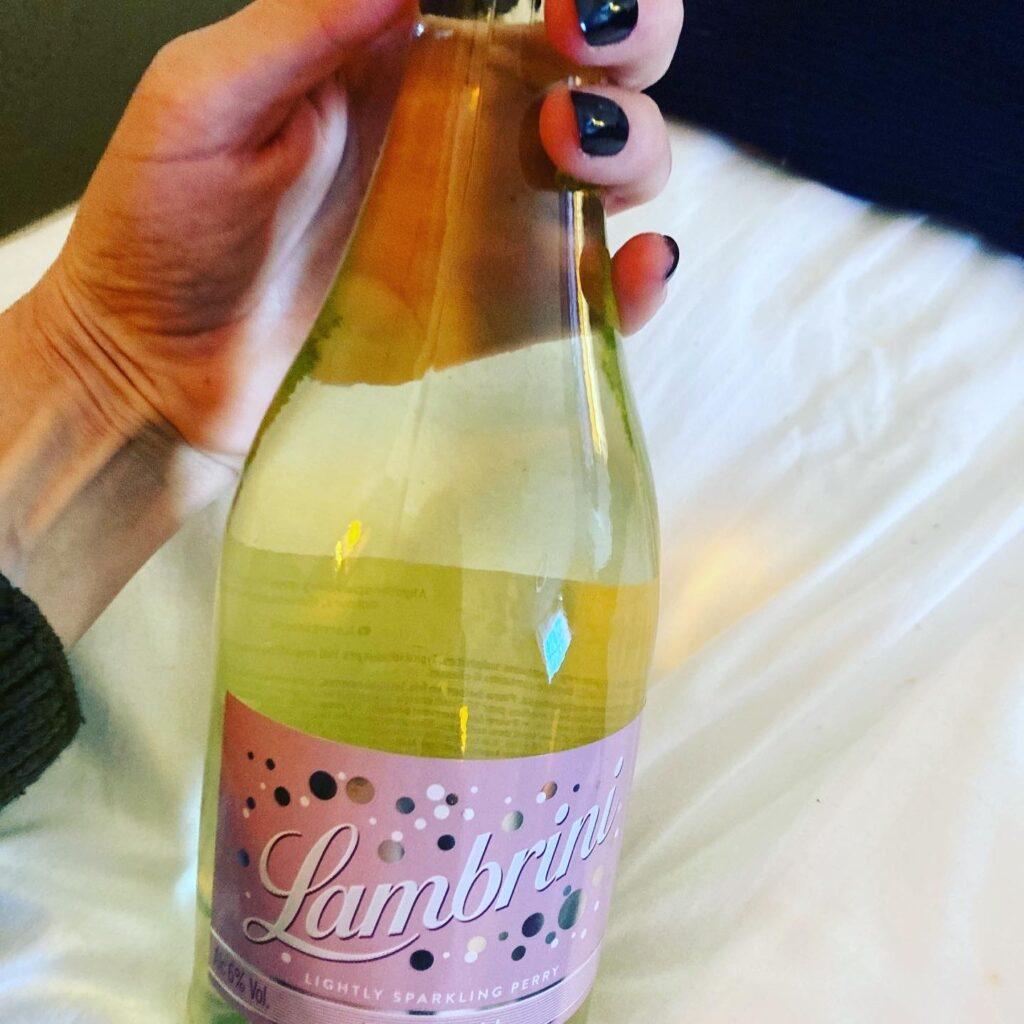You’ve heard the expression, a moment on the lips, a lifetime on the hips. But it turns out that what you eat can have repercussions elsewhere in the body, namely on the face.
Researchers and dermatologists are now beginning to understand that the face is a window into our overall health and a tool that evolution has used to indicate potential fitness for a mate.

Consider the evidence in a recent study which suggested that partners prefer people whose skin has a distinct yellow undertone, with red highlights. A slightly yellow face with a reddish glow indicates excellent health status.
People with that skin tone have oxygenated blood near the surface of the skin, and good antioxidant status – phytonutrients in plants can form part of the skin’s natural colour, like the carotenoids in yellow and green vegetables.

However, those with bluish skin tone could suffer from cardiovascular problems. Their skin appears sallow and pale, which is a sign, according to evolutionary biologists, that they are not fit enough to parent the next generation.
Food has an impact on the overall appearance of the face. But what should you eat and avoid to enhance the appearance of the skin on your face?
Tip #1: Avoid Alcohol

You’ve heard the expression “wine face,” but what is happening in this condition? It turns out that alcohol attacks the collagen in the face, causing the skin to lose its natural bounce.
Put people on a high-alcohol regime for a month, and you can see the effects: their faces start to look tired and sag. Their eyes get droopy, and their pores expand. Alcohol also damages small capillaries in the face, leading to things like a red nose.

Tip # 2: Use Plant Milk
As most skilled dermatologists will tell you, dairy is the enemy of flawless skin. Science shows that dairy products start a chain reaction of biochemistry in the body, leading to breakouts and, sometimes, severe acne. It turns out that the enzyme the body needs to digest the sugar in milk, lactase, causes an inflammatory reaction. The body senses it is under attack, and so the immune system kicks into high gear.
The face is often one of the first areas to suffer: the area around the eyes becomes puffy, there’s redness and swelling, and dairy can throw hormones out of whack, leading to excessive skin cell growth and sebum production.
Tip #3: Stop Eating Added Sugar

Sugar is everywhere. It’s in almost all the packaged foods that you buy, as well as staples like bread. Manufacturers add it to enhance palatability, but it could have a somewhat adverse effect on your face. It turns out that sugar attacks the elastic collagen fibres in the body, making them more rigid.
Sugar also boosts the body’s insulin production when consumed excessively, leading to a washed-out appearance on the face. To cut a long story short: sugar is one of the worst things you can eat for healthy, bouncy skin.




